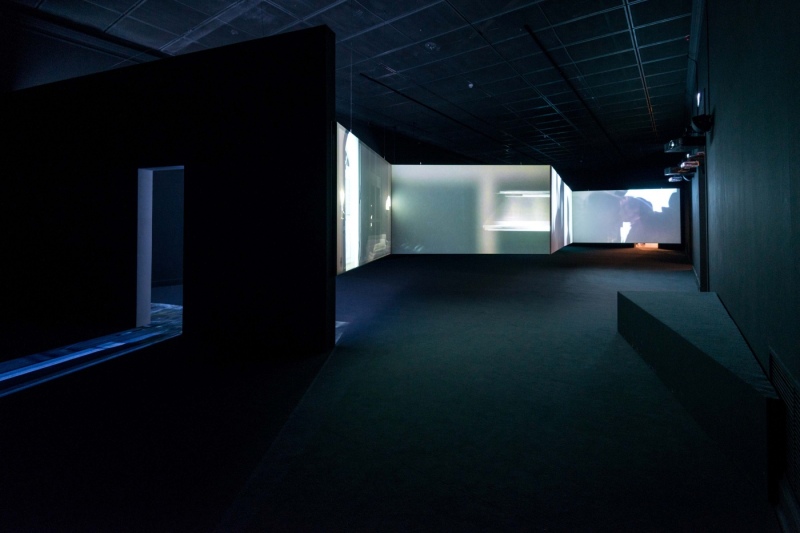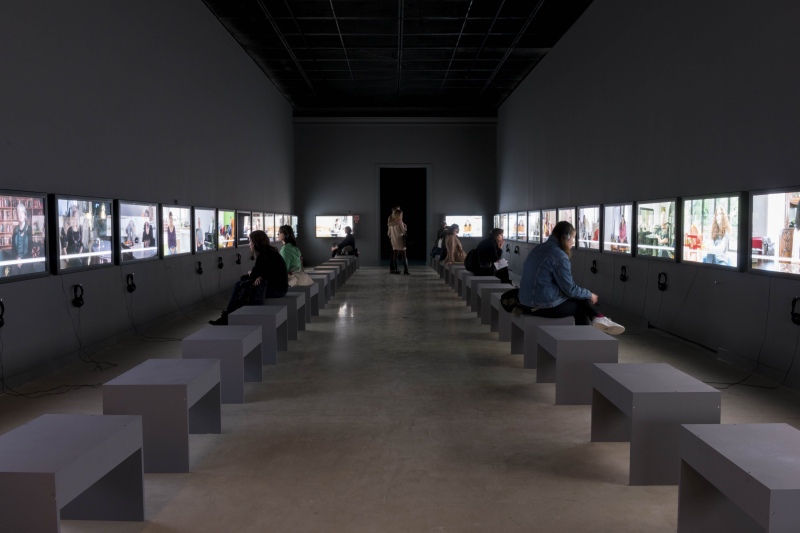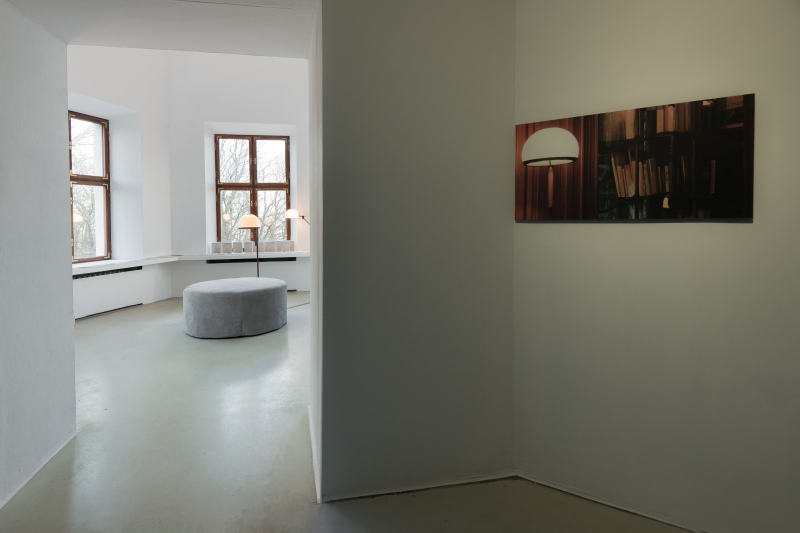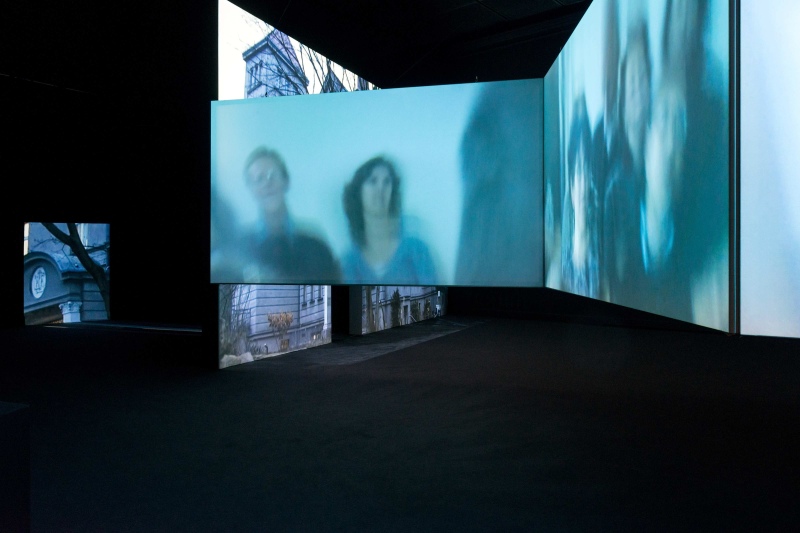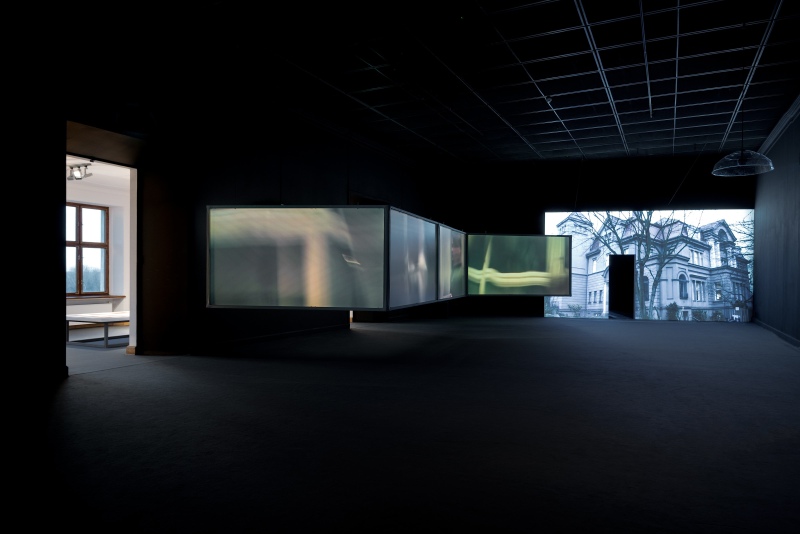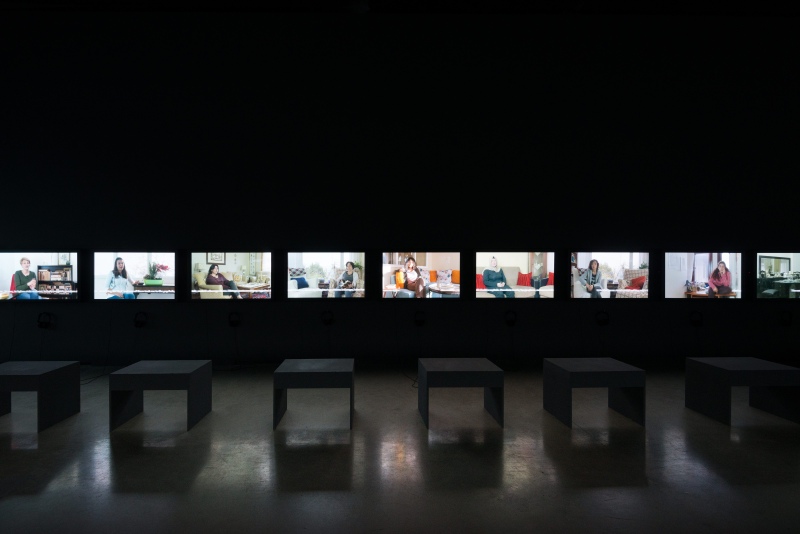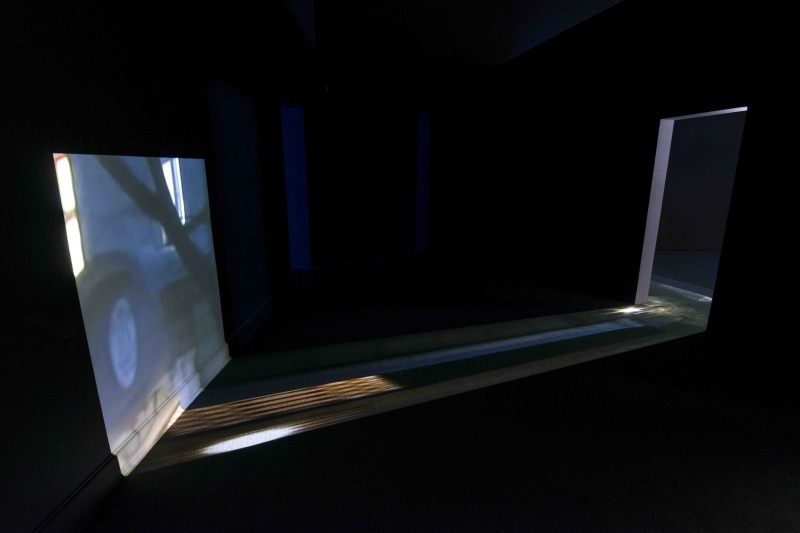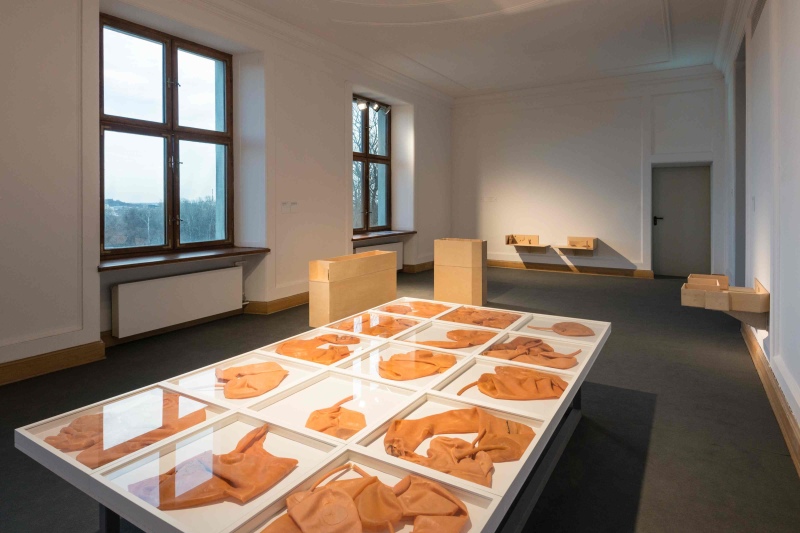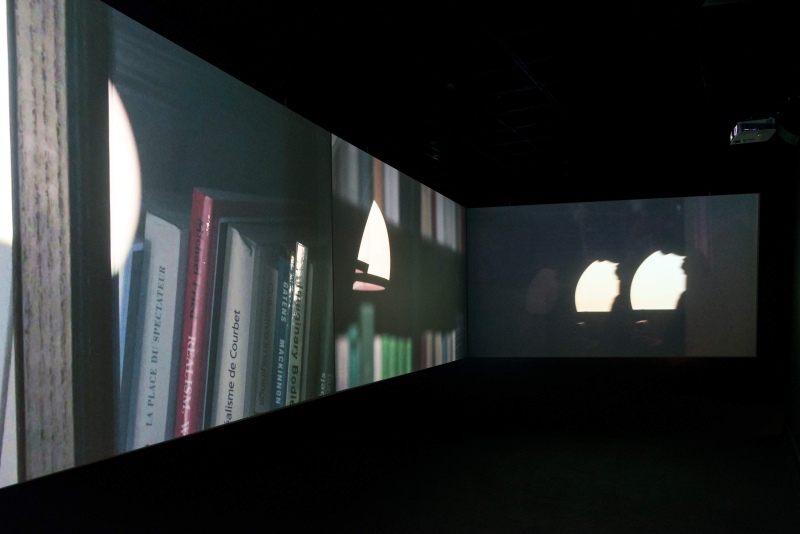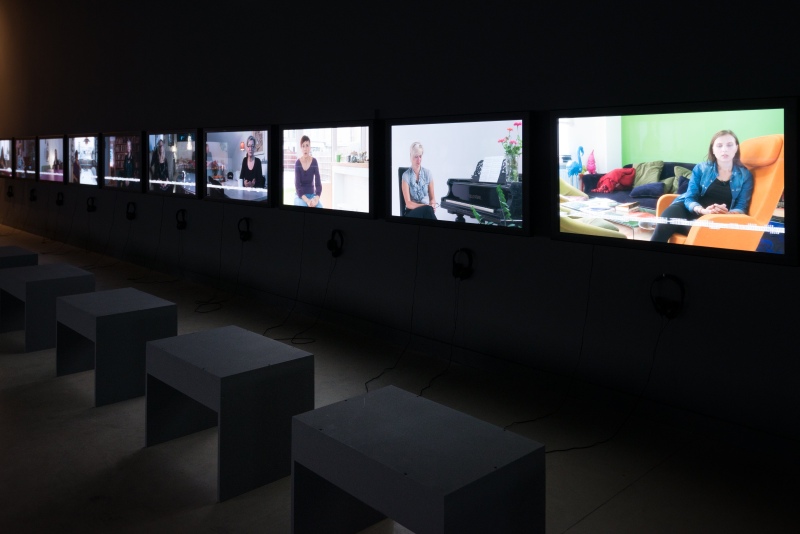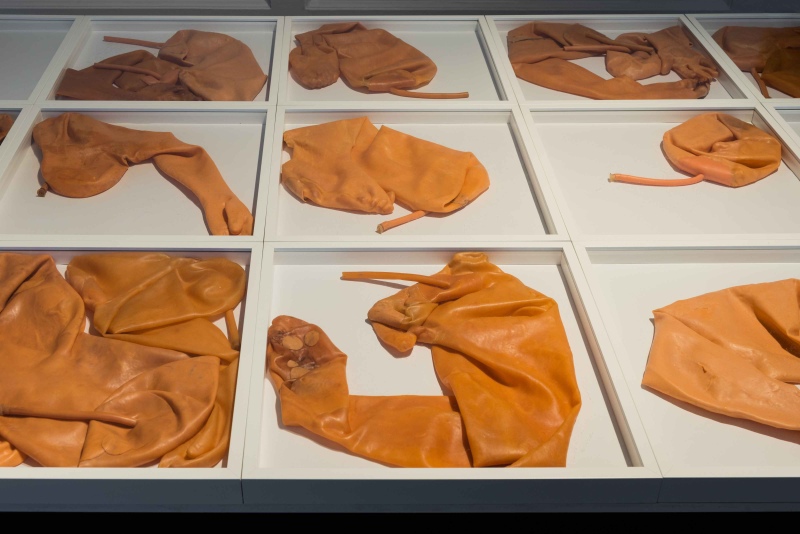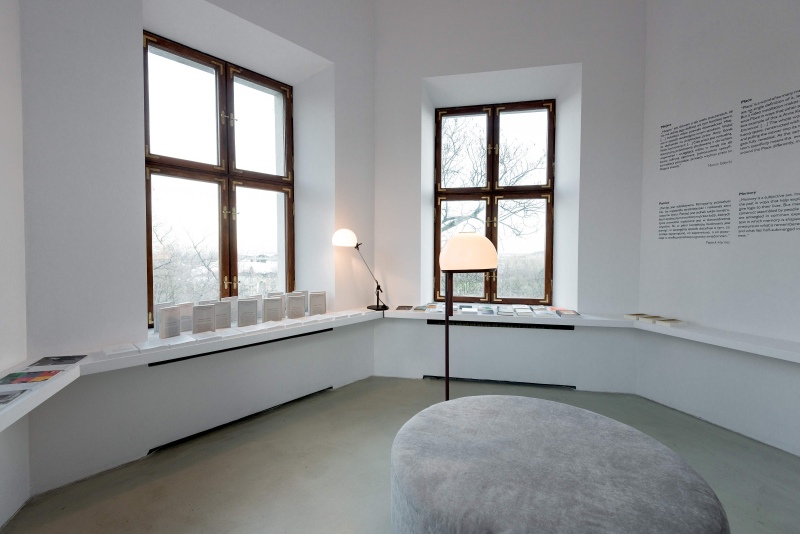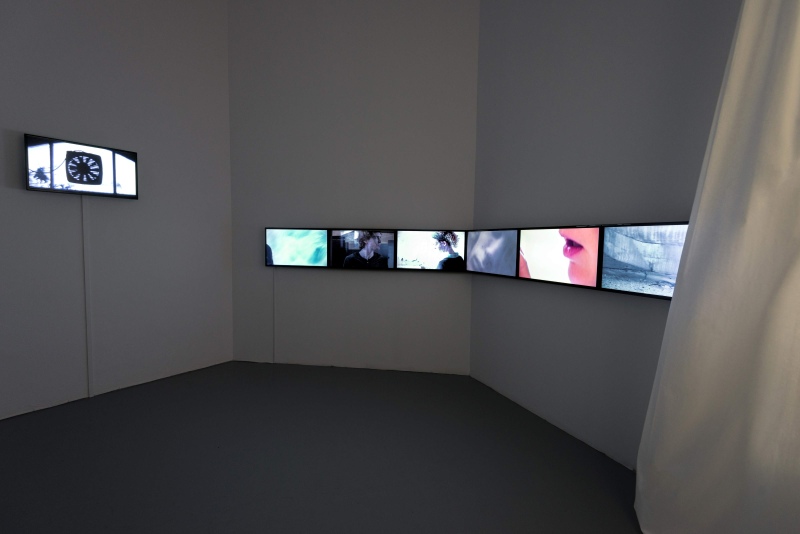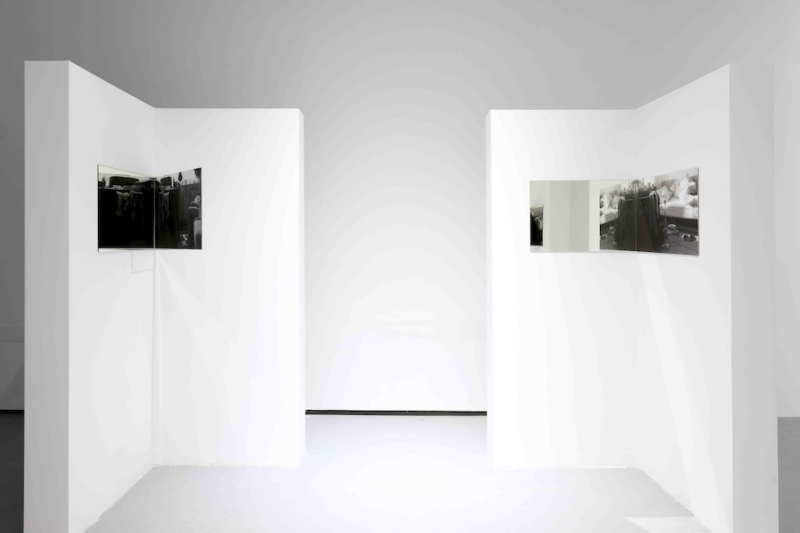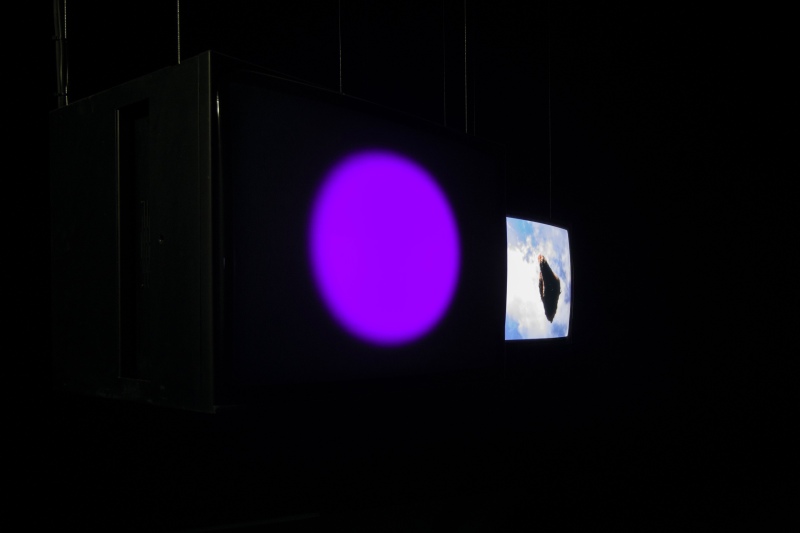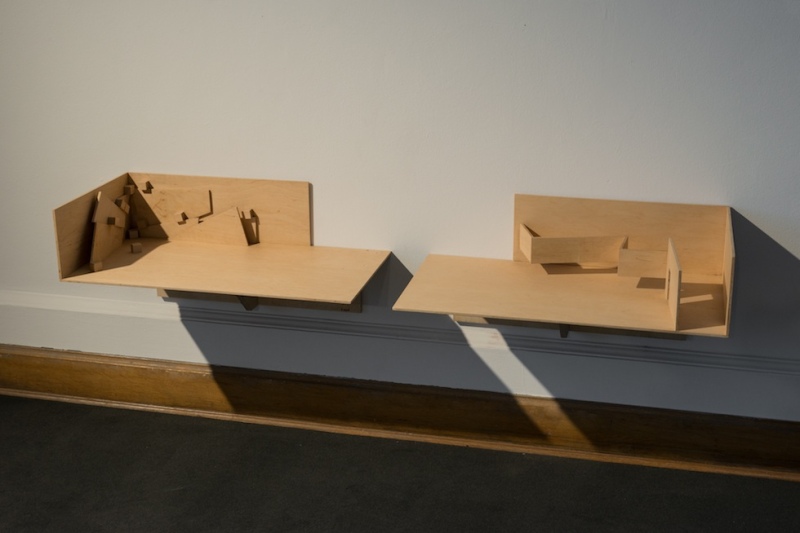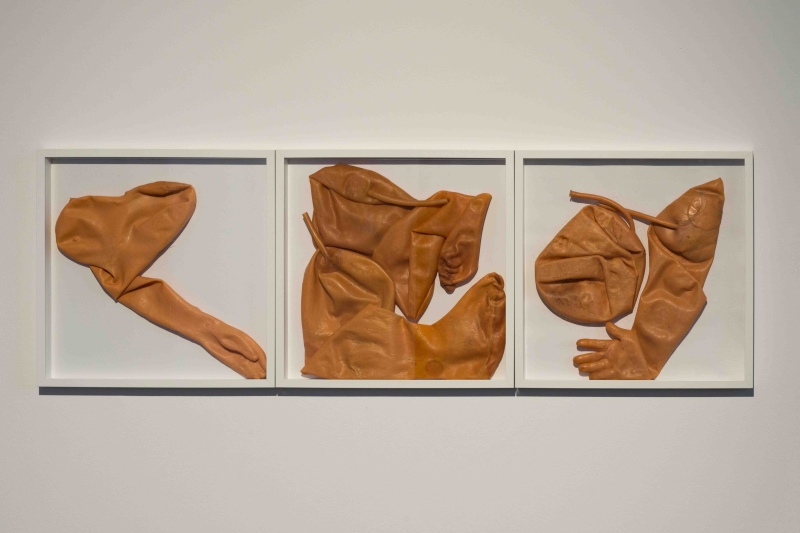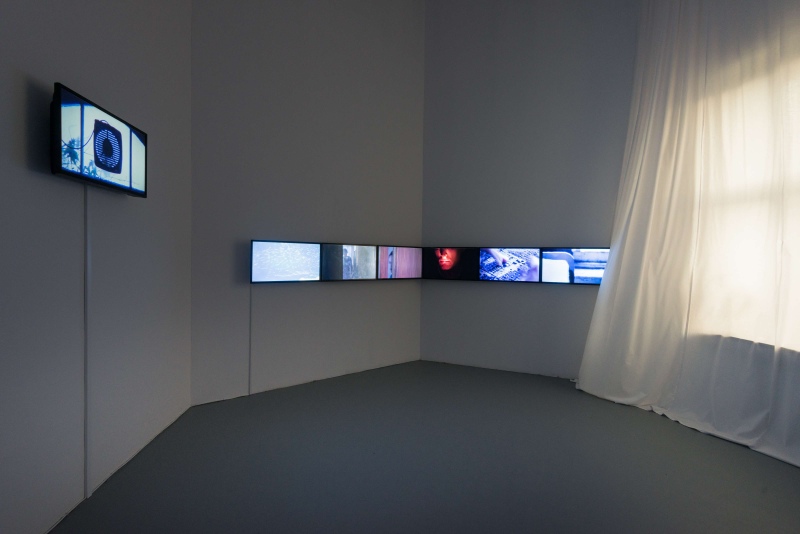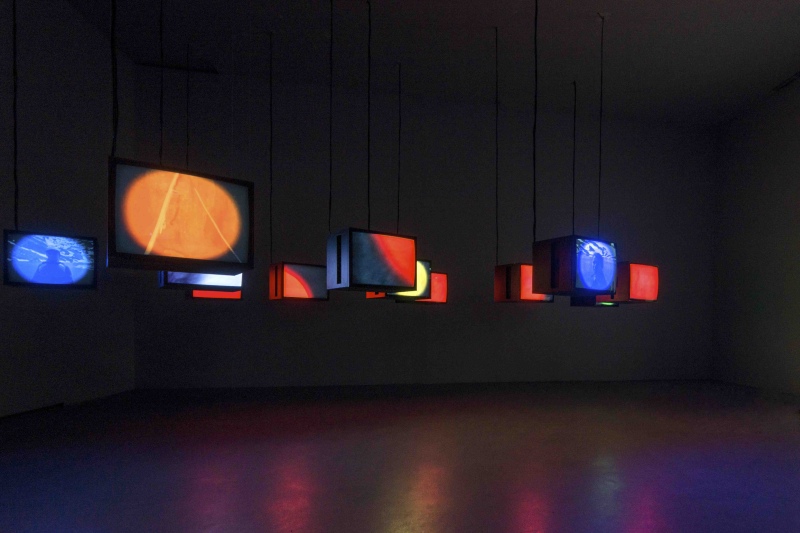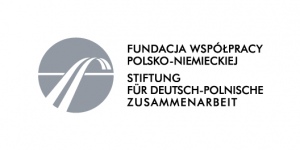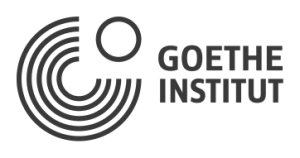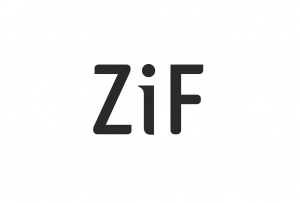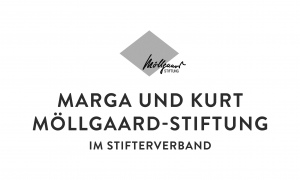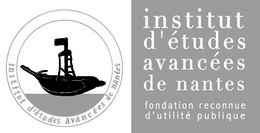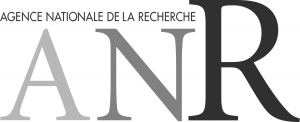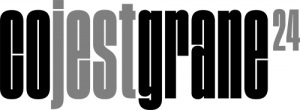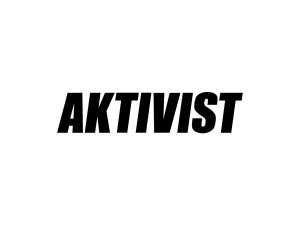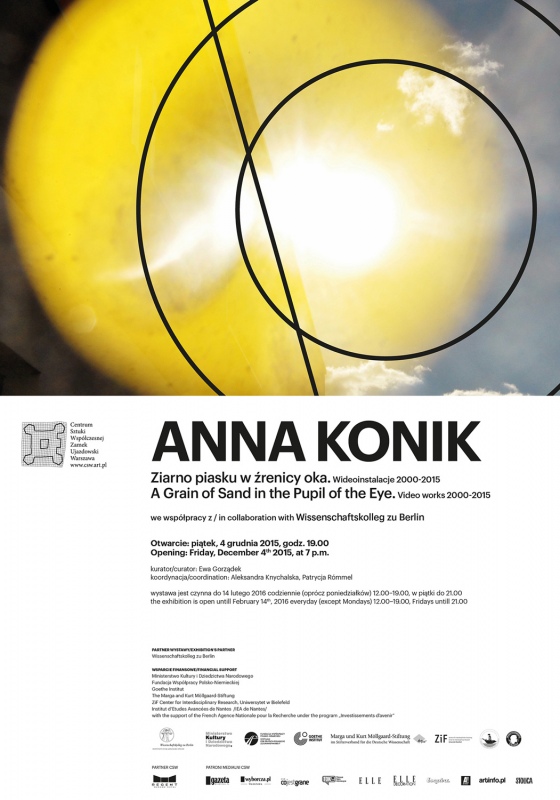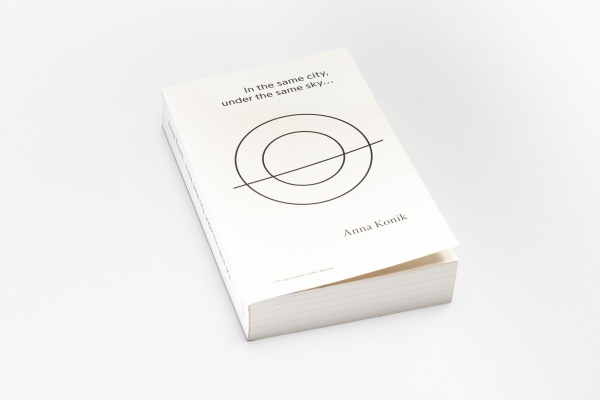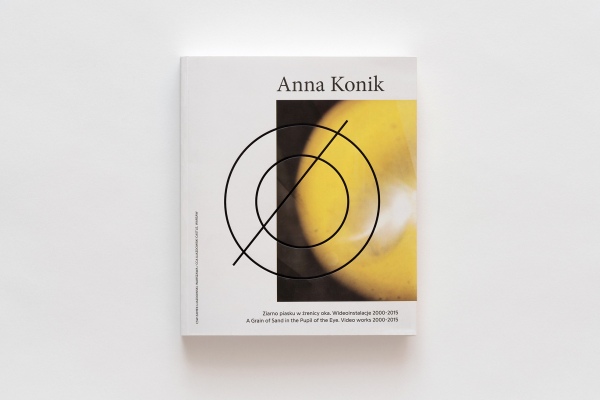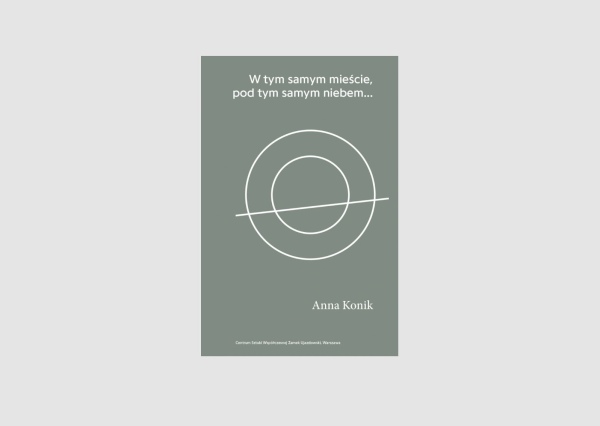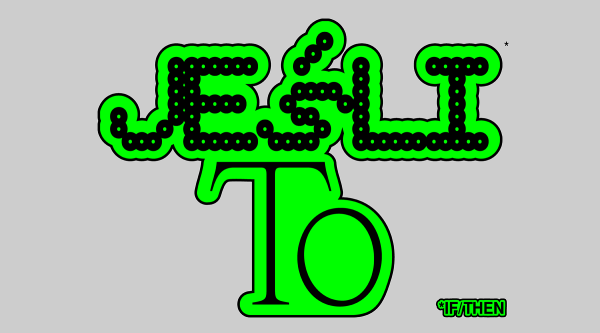Anna Konik
A Grain of Sand in the Pupil of the Eye. Video works 2000—2015
The exhibition of Anna Konik at the Ujazdowski Castle Centre for Contemporary Art is the first to present the work of the artist on such a large scale in Poland. It summarizes an important stage in her artistic practice, above all with video, as well as the pedagogical and scientific experience she gained during residencies and through working with students in Germany. In her work, the artist combines the aesthetics of new technologies with the spatial form of an installation, in which the dynamic presence of the viewer gives the works a transformational dimension and personalizes its reception.
Three video installations by Anna Konik will be shown in the exhibition: In the same city, under the same sky... (for the first time, in its full version of 35 films), The Villa of the Entranced, Play Back (of Irene), as well as Our Lady’s Forever. Other works, such as Toys and Transparency will find their representation in the form of spatial models, sculptural props, and documentation. The context for these projects includes never before seen video footage, which complete and complement them, serving as stage directions, but also the student works of Anna Konik, her drawings and photographs.
Man is at the heart of Anna Konik’s research — almost all of her works are an "investigation" into the Other, which arise as a consequence of meeting people. Assuming the perspective of subjective experiences, the artist transfers them to the social dimension, and the recipient is confronted not only with an individual history, but also with the real problems of the contemporary world, which hurt the same as a grain of sand in the pupil of the eye.
For Anna Konik, art is a sensitive cognitive instrument, through which she communicates to recipients what for her was most significant in the work on successive realizations. The fringes of society prevail in the interests of Anna Konik. Most often these fringes consist of the alienated, the excluded, and the lonely. Konik maneuvers through them with the empathy of a careful observer. The material for her works is collected during meetings with people there, in the fringes, when the process of communication begins and when relationships based on mutual trust are established. Konik documents these meetings using video, recording people’s individual stories, sometimes extremely traumatic, sometimes taking place in the poetic imagination of the encountered collocutor. With this real material, Konik is able to construct her works, precisely searching a suitable artistic and spatial form for each. The work of Anna Konik does not, however, easily allow for itself to be entered into the trend of critical art. It is much richer than the critical description of reality, and more than just a commentary on it. The artist focuses on the presentation of the mental states of the works’ protagonists, which are either mentally ill, traumatized, homeless, outcasts according to the norms of the standard System, alone in a cocoon of old age, or unaccepted because of race, religion or cultural differences. Konik is looking for formal solutions for her works in order to translate complex mechanisms of working memory, retrospection, disclosing of emotions, difficult to grasp intuitions or impressions into a video installation and structure of the exhibition space. In her works, content and form are always equal and complement each other.
The role and significance of the space in which the video projection is located is key in the artist’s formal search. Video is Anna Konik’s primary medium of artistic expression, and above all, the space-time structure of video installations. Although Konik learned the ins and outs of video art during her stay in Berlin, after completion of the academic art education, the most significant impact on her way to work with the camera and the presentation of works in an exhibition were gained during her studies in the Faculty of Sculpture at the Warsaw Academy of Fine Arts and also during cooperation with (during this same period) fringe, innovative theatres: the Roman Woźniak Theatre Academy and Katarzyna Wińska’s Opera Buffa, which has been welcoming those suffering from schizophrenia to participate in performances since 1998. Anna Konik's participation in the performances of the Theatre Academy sensitized her to the potential of performative means of expression, importance of stage space, and the moving body inside it. The artist utilized these experiences in the implementation of her later works. Pivotal in them is the “spatial assembly,” performed during the viewer’s movements inside the space of the video installation. It is at this time, in the viewer’s perception, when the individual process of combining visual structures, rhythm, sound, and text occurs.
Anna Konik studied in the famous Kowalnia, a sculpture studio led by Professor Grzegorz Kowalski, which she completed in 2000. During her studies, also conducting classes with students (for a year) was Krzysztof M. Bednarski, who sensitized her to the value of space - its phenomenological dimension. Thanks to him, she also had the opportunity to become acquainted with original concepts on understanding the medium of sculpture, which Professor Jerzy Jarnuszkiewicz, the master of both her teachers, deeply embraced. It was he who drew the attention of Anna Konik towards the internal, psychological dimension in sculpture, which should never be reduced to a mere lump. Working with video allowed Anna Konik for a richer and more comprehensive realization of topics that interest her as an artist, and the form of video installations allows for sculpting space during the final arrangement of the works in their place of presentation.
As part of the events accompanying the exhibition of Anna Konik, we are planning educational workshops and a series of lectures, to which we have invited, amongst others, Professors Bernhard Waldenfels and Holk Cruse. The lecture topics will be based on the mutual, creative and inspiring relationship between art and education. Transdisciplinarity, the cooperation of specialists from various fields of contemporary culture is one of the main objectives of the activity of the prestigious Wissenschaftskolleg zu Berlin, which is not only the content partner of the exhibition, but also from whom the artist received a scholarship in 2008/2009.
The exhibition is accompanied by two publications: a Polish-English catalog, with texts by Waldemar Baraniewski, Holk Cruse, Judy Fudge, Marcin Giżycki, Patrick Harries, Ewa Gorządek, Ryszard W. Kluszczyński, and Bernhard Waldenfels as well as an English version of 35 histories of immigrants and refugees, told by the protagonist of the work In the same city, under the same sky..., with texts by Judy Fudge, Susanne Stich, and Anna Konik.
